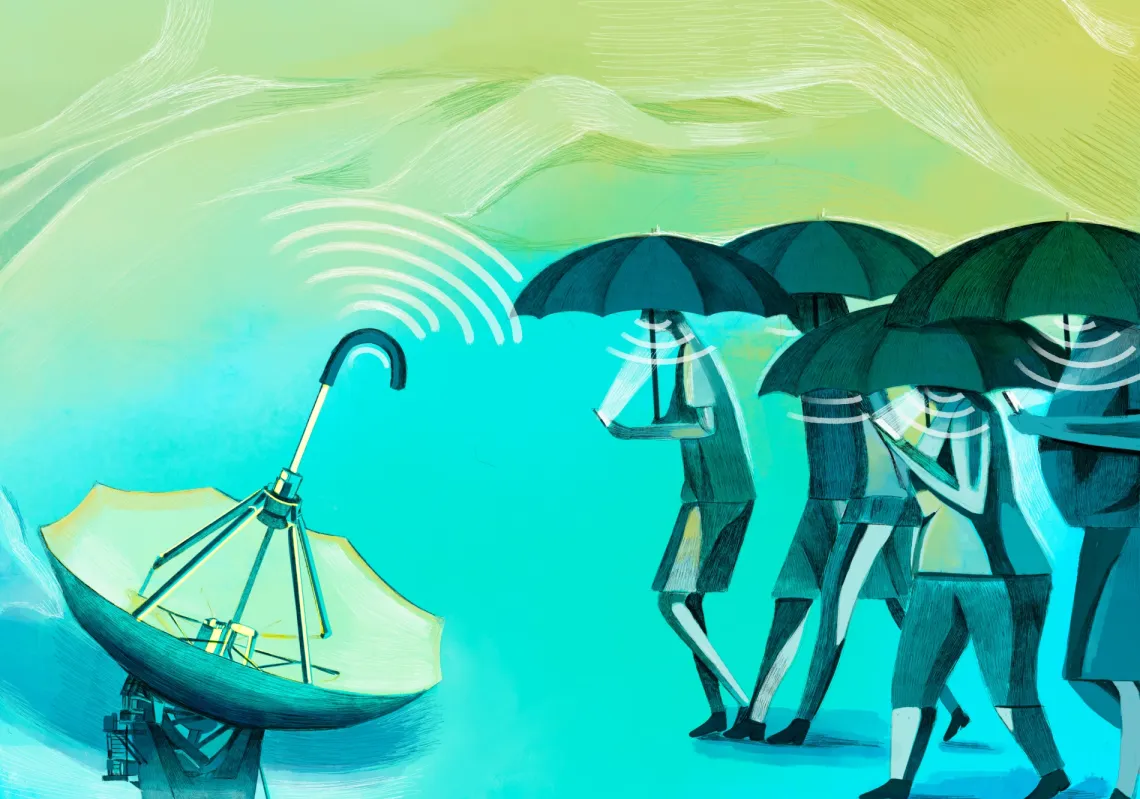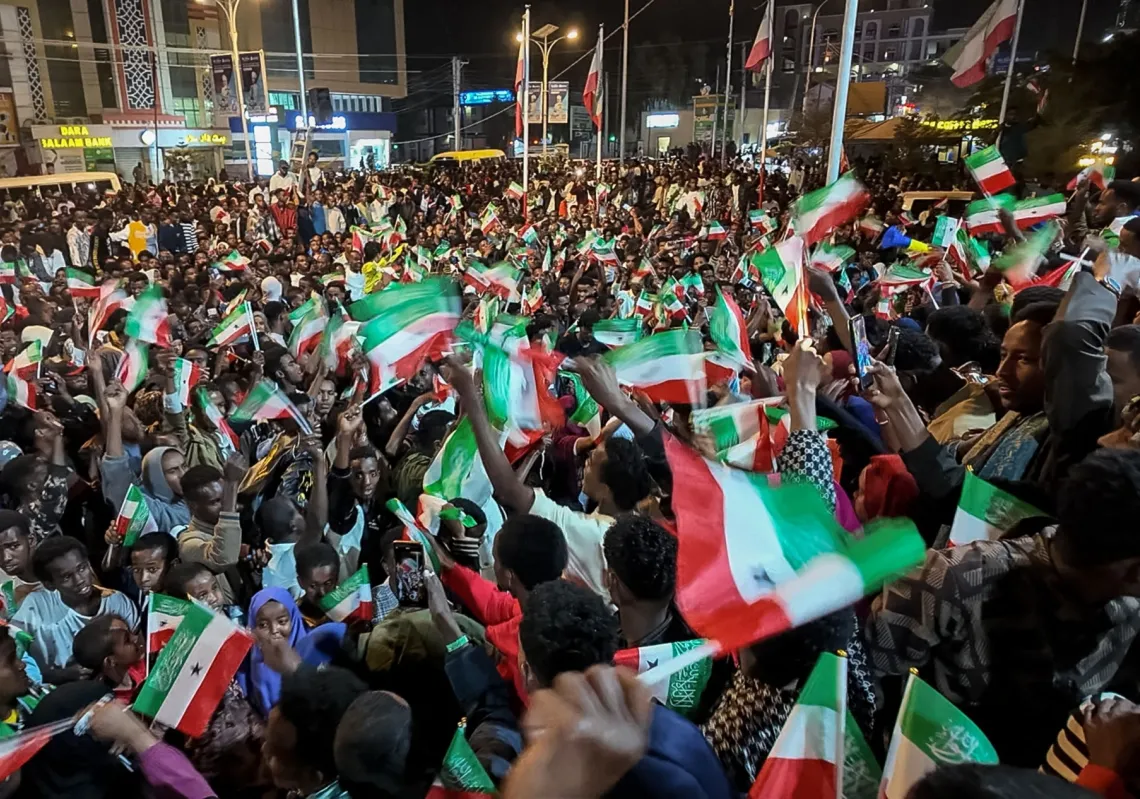Alam al-Din Sadiq, from Khan Yunis in the southern Gaza Strip, only had a faint notion of what lay ahead for him and his family after 7 October this year.
As a journalist with long experience reporting on Israel’s treatment of his homeland, he knew there would be an aggressive response. And ever since, it has become clear to this father of three young children that he and his loved ones face unprecedented hardships, even by the standards set in 16 years of siege.
When Hamas attacked Israel on that fateful day, Sadiq immediately headed to the Nasser Medical Complex in central Khan Yunis to cover the unfolding events.
Several hours later, he witnessed tragedy strike. An Israeli plane fired on an ambulance at the hospital’s emergency entrance, killing both the injured young man inside and the paramedic. Additionally, several others in the vicinity were injured.
Sadiq said it was the moment he realised that Palestinians in Gaza were facing a new level of brutality — one that is unlikely to spare civilians. He wondered to himself: "If an ambulance can be targeted within the confines of a hospital, what would prevent Israel from targeting civilians in their residences?"

Terrible choices in tragic times
Sadiq abandoned his duties at the hospital and headed home. Driven by concern for the safety of his family, he made a snap decision to scatter them to various places so that they would not all be killed in one air strike.
His mother went to stay with relatives, his wife and two-year-old son sought refuge in another house, his 4-year-old son took shelter with a relative, while his eldest, a 6-year-old, went to a fourth house.
















